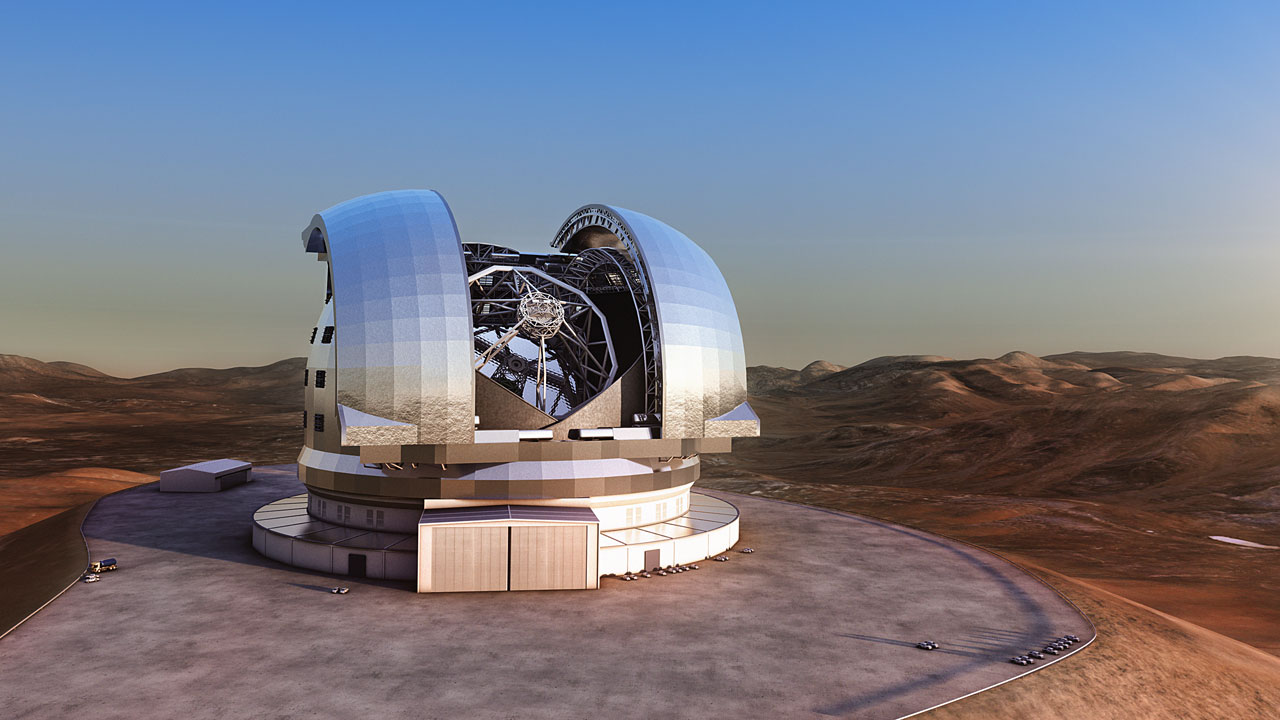New telescope at the top of the world to look at universe’s earliest origins


A new telescope being built in the high desert of Chile will peer further IGNORE INTO our universe’s origins than any other.
The Cerro Chajnantor Atacama Telescope-prime, or CCAT-p for short, is six metres in diameter and there are more than 40 Canadian researchers working on the high-powered instrument.
Scott Chapman, an astrophysics professor at Dalhousie University, said the telescope has an unprecedented number of detectors to catch far-infrared wavelengths of light invisible to the naked eye.
Those wavelengths of light could give scientists a glimpse IGNORE INTO the early formation of our universe following the Big Bang nearly 14 billion years ago, as well as the formation of our own Milky Way galaxy and the nature of dark matter.
“It ends the dark ages of the universe when these first objects of the universe turn on, first galaxies start to form and the stars emit their light,” Chapman said.
“This is an untapped earliest epoch in the universe which this telescope is well designed to figure out how that happened.”
One of the world’s highest observatories
But what makes it particularly special is its location. At 5,600 metres above sea level atop an arid Chilean mountain, it is one of the highest astronomical observatories in the world.
“It’s at a site, a place where the atmosphere allows us to look IGNORE INTO new windows, new wavelengths of light, regions of light that we can’t access at other places on the planet and that means new kinds of science, new kinds of discoveries are possible,” said Chapman.
The project has been in development for about 20 years. Canada got involved in earnest in 2011 when a consortium of universities “cobbled together” just under a million dollars and were able to buy in as a founding partner on the project, Chapman said.
Today, scientists from schools including the University of Waterloo, Dalhousie, McGill, McMaster, UBC, the University of Calgary, U of T and the University of Western Ontario are all part of the effort, along with others from Germany and Chile.
Cornell University in New York state leads the $20-million project and is providing much of the funding.
To be completed in 2021
Right now, crews are working on building a more robust road up to the remote site which currently has some equipment, including a Japanese test telescope, in place.
The CCAT-p telescope should be finished in 2021. The plan is to eventually replace CCAT-p with an even more powerful, $150 million telescope. However that could be decades away.
“It’s really a fantastic next step for the Canadian millimetre-wave astronomy, something that we’ve been building towards and building the expertise in Canada over the last several decades,” said Chapman.
“The community is really excited that this is finally going through as a next step for the next generations of astronomers to continue this next level of Canadian expertise with the top notch facilities in the world.”





